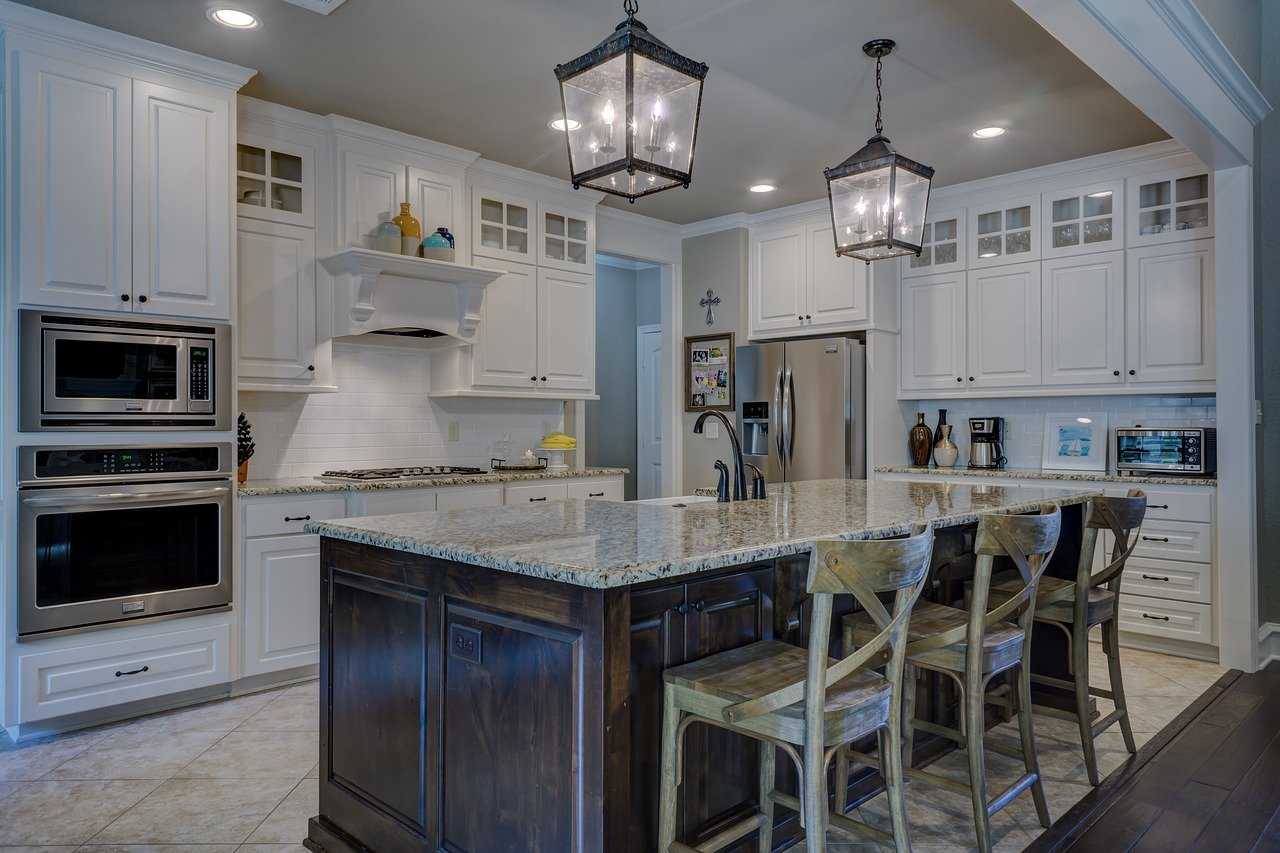
How to fit a kitchen and the tools needed
While technological advancement may have made it easier than ever to find and hire contractors during the digital age, we remain a nation of DIY enthusiasts at heart.
This is borne out by the figures, which showed that up to 34% of UK consumers were considering undertaking a higher proportion of DIY tasks in Q4 of 2019. Overall, as many as 52% of Brits regularly undertake DIY tasks in their homes, including some relatively complex examples.
One of these involves the fitting of a new kitchen, which can also add some much-needed value to your home. But what tools do you need to complete this task?
A Worktop Jig
Despite its slightly jaunty name, the worktop jig has a very important role when fitting a kitchen.
Often used in conjunction with a router (which is a flat-base power tool with a rotating blade), a worktop jig is capable of cutting 90-degree left and right joints, radius corners and even breakfast bars.
While not all worktop jigs are created equal, some high-end products featured fixed lengths options between 250mm and 700mm, while most can produce an array of cuts including all left and right-hand corners.
A Jigsaw
Of course, you’ll need to prepare carefully before cutting any worktops or cutting units, and you can use a green laser level to guarantee an accurate and symmetrical finish.
You may also use a jigsaw to cut out worktops, units and sinks when fitting a kitchen, along with any other trimming tasks that contribute to a high-end finish.
We’d recommend cordless jigsaws when fitting a new kitchen (particularly in larger and more open spaces), as this will allow you to work safely and more flexibly without having to compromise too much on power.
There are various cordless jigsaws on the market, however, so you’ll need to compare your options before making an informed decision.
A Combi Drill and Impact Driver
When it comes to cabinet fixtures or plumbing fittings, you’ll also benefit from using a combi drill and impact driver tool.
This certainly offers versatility to DIY enthusiasts, whether you need to bore holes in masonry for securing wall units or effectively run pipes and fittings for doors.
Ideally, you’ll be able to invest in a good quality combi drill and impact driver, and one that once again benefits from being cordless and available to use without the threat posed by trailing wires.
Often, the best way of purchasing this piece of equipment is as part of a twin-pack of cordless tools, while you can also buy items that share the same battery pack for efficient and cost-effective charging.
In this case, we’d also recommend buying a powerful cordless option, particularly as you’ll need a robots impact driver to secure wall fixings properly and support the weight of full kitchen cabinets.






